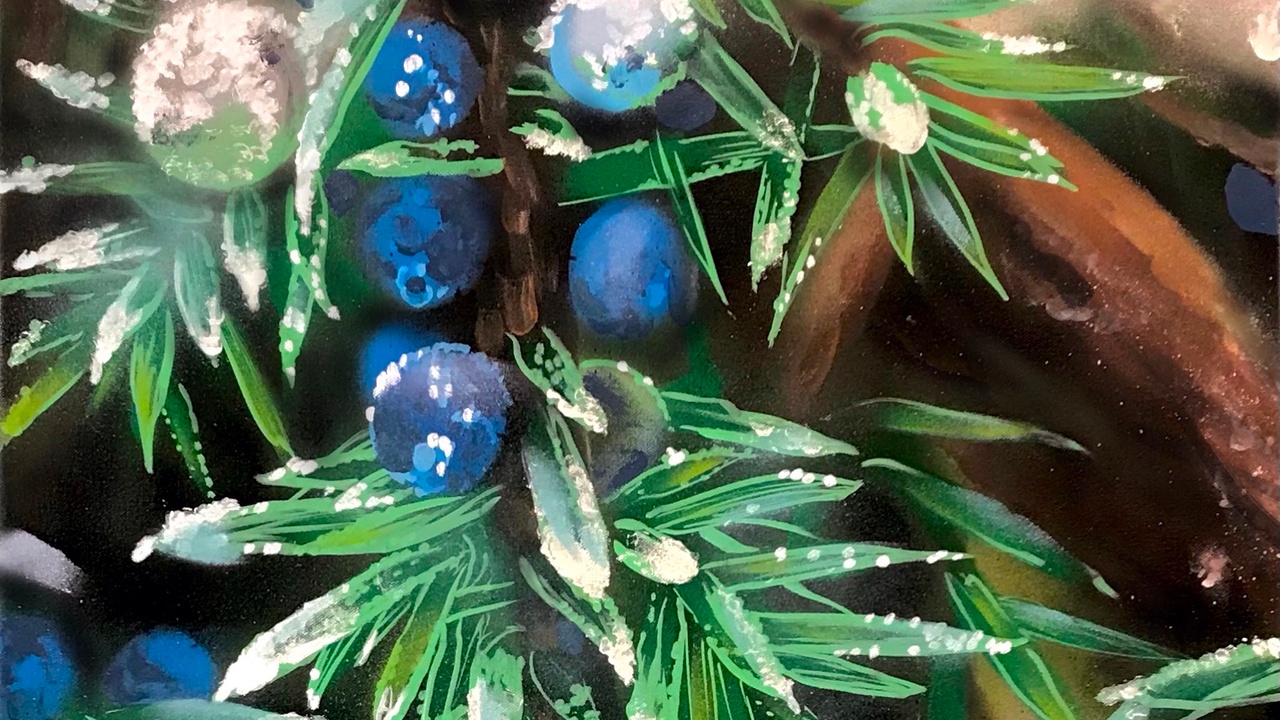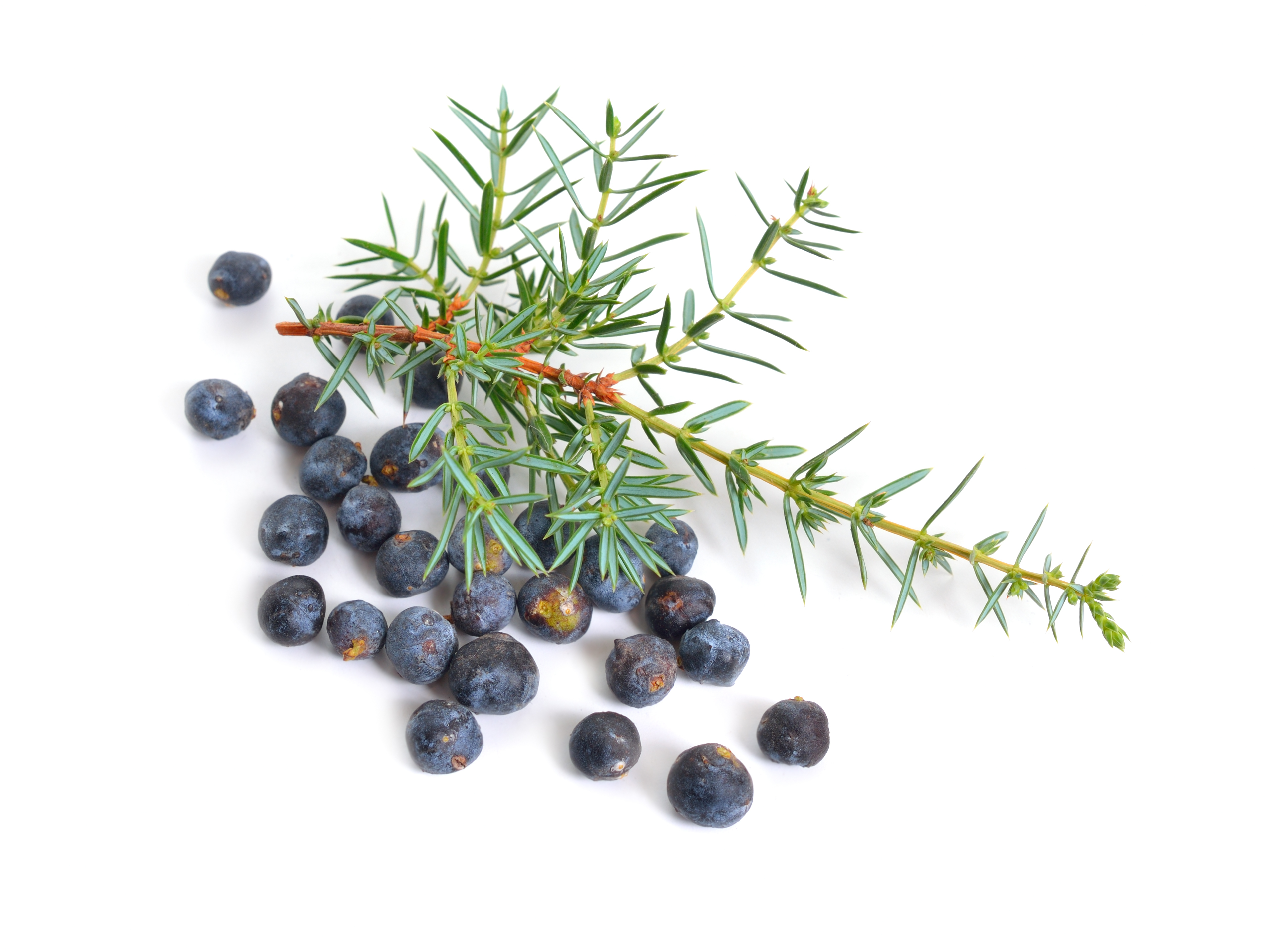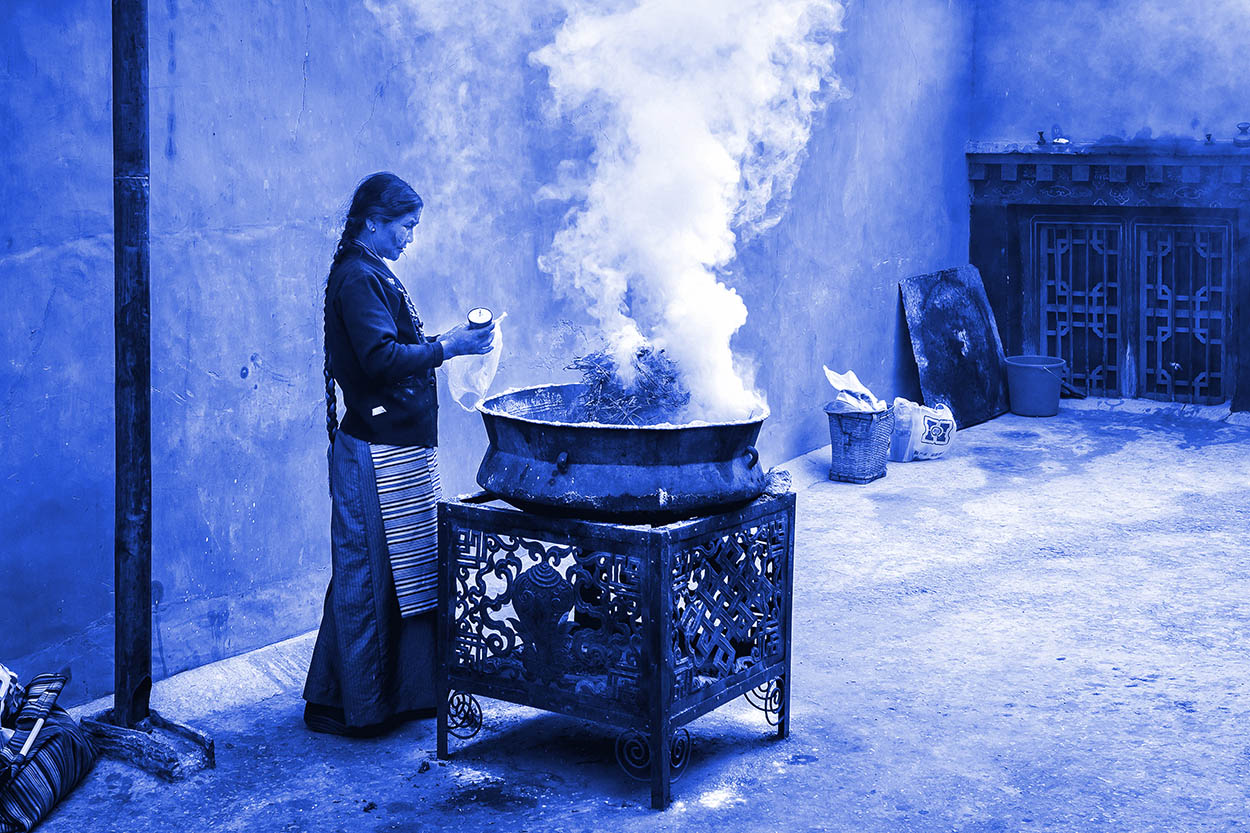Juniper Lore & Usage
Feb 12, 2022
The winter season shifts the realm of activity, from the exterior to the interior realms to allow time & space to reflect, transform, release and restore. The lovely smell of juniper smoke has lifted & supported me in these times of invoking boundaries, protection & renewal and they (Juniper) have been doing the same for humans in a variety of ways for as long as we have existed as a species.
Juniper warms and moves the ‘waters’, emotions, spirit and energies of the body, important during periods of lessened activity, shorter days, and more inward focused energies. In this way, Juniper protects from damp, cold, depression, fear and illness in these times of greater stillness and rest, so the body can move into deep rejuvenation..
They are a part of the Cupressaceae plant family, relatives of Cyprus, Ceder, Sequoia and Redwood. This family of plants made their appearance in the Triassic period, around 250 million years ago. They are evergreen gymnosperms, which is the name for their method of ‘naked seed’ dispersal, common amongst conifers & very old plant families, like Gingko. In fact, the berries of juniper are actually cones (think pine trees) that layer tightly into the shape of a ball.
Juniper is an ancient being.
They are resilient & adaptable coming in many forms depending on their environment. Though not very large, growing only to about 30 ft tall, they appear in a wide variety of forms, ranging from trees to shrubs to ground cover & for this reason are very popular landscaping plants. They are also very strong, having wood prized for its density & resistance to rot, making it popular for crafts, tools, talismans, storage containers that repel insects (‘Ceder boxes”) & fence posts.
Juniper is actually often mistaken for Ceder and their medicinal & spiritual uses have often overlapped throughout history.

Juniperus communis is the species found most abundantly throughout the world, perhaps the most out of any woody shrub in fact, however there are over 62 species each with somewhat different medicinal profiles, expressions & habits.
Younger junipers tend to have short spiky needles in whorls of three and later develop rounder more scale-like leaves as they age, though this varies from species by species. Juniper Communis, for example, tends to stay in needle form even as it ages. Juniper is a long & slow growing tree that can live 200 - 300 years, production of berries begins when they are around 10 - 25 years old, becoming a life sustaining food for wildlife (especially birds) especially birds with whom they share ecosystems.
They thrive primarily in the Northern hemisphere across North America/ Turtle Island, Europe, parts of the Middle East, Asia, Russia and Japan. Their use in medicine traditions follows this range, and tho often separated by time & space, these ways are strikingly similar throughout history & across cultures.
Juniper contains up to 100 medicinal constituents that vary by ripeness, species, location & age. The medicinal compounds are concentrated in the berries with concentrations of volatile oils ranging from .2 - 3 percent volatile oils.
Its actions alternative, antiseptic, bitter, carminative, circulatory stimulant, diaphoretic, diuretic, emmenagogue, in traditional Chinese medicine its tastes are considered, Bitter, Pungent, Sweet, which correspond with the heart, lungs, large intestine & stomach/spleen. It is considered energetically hot & drying, making it useful for warming up formulas, as many bitters are energetically cooling.
Juniper is indicated in conditions of cold/depression of the system: Cold hands / Feet, low / slow pulse. Pale dull complexion, low libido, thick white tongue coating, a tendency to have trouble sweating, edema, poor circulation. Especially cold depression in the liver - poor metabolism, low production of bile, deficiency of nutrients, a tendency towards despair
The medicinal use of juniper is widespread among indigenous, particularly North American, cultures, with citations of effect ranging from contraception to treatment of urinary tract infection to stimulation of insulin production and as a general restorative.
Juniper is a powerful anti-fungal. The leaves, branches or berries as a wash can aid in the mending of foot fungus. Infused in vinegar, and used to clean house mold.
The berries and twigs are diuretic & antibacterial, so it’s used for UTIs. It helps the body to push out bad bacteria while also killing back that bad bacteria.
Juniper berries are bitter and act on the bitter receptors, increasing digestive capacities of the body & stimulating appetite. Juniper is a general tonic and digestive aid, especially for poor digestions of fats, Can be eaten a few a day for short periods of time for resistance to illness. Antimicrobials can affect the microbiome balance when administered for long periods of time so should only be used for short periods.
Shown to be an effective antiseptic useful for topical skin conditions & as an inhalant for respiratory conditions also as a gargle, The compound pinine (also found in pine trees) can be mildly stimulating to the respiratory tissue & act as an expectorant. Steam for bronchitis and other lung infections.
Will relieve muscles aches caused by excess lactic acid, Infusion has been used for gout. Used to treat rheumatism both internally & externally, Taken internally & applied topically its anti-rheumatic effects are likely due to its diuretic ability. Known to stimulate the uterus, Juniper is best avoided during pregnancy, and has been used in some cultures as an abortifacient.
Juniper supports & maintains life as the energies of the body turn inward to rest, die, transform, replenish & birth/rebirth in the springtime.
Juniper Human Relationships History
Juniper use has been found in some of the earliest human settlements the world over. Although methods vary, their use for protection, and cleansing appear widely.
- The Interior Salish and Northwest Coast tribes used juniper to banish evil spirits and protect themselves from witchcraft.
- Among the southwestern Pueblos, Junipers were believed to heal an illness described as ‘ghost sickness,’ which could affect bereaved relatives or people who handled the bodies of the dead.
- Plains Indian tribes, such as the Dakota, Cheyenne, and Pawnee, often hung juniper boughs on their dwelling or burned them in the campfire to keep their homes safe from storms.
- Juniper is one of the herbs frequently included in medicine bundles and amulets.
- In Europe it was often used as a ‘strewing’ herb, it was scattered on the floors of indoor spaces to freshen & offer some protection from airborne pathogens while doors & windows were closed up for the winter.

In Scottish New Years house Sainings (blessings) the woman of the house would go from room to room with a smoldering juniper branch, filling the house with purifying smoke, then the windows would be thrown open and smoke released. There is also a long history of use in Celtic rituals of Beltane (winter solstice.)
Ancient Germans hung the branches over doorways to guard against evil, in fact, many European cultures hung Juniper above their doorways, in barns or near beehives to protect their homes from ill-intent & bad-magic.
In Russian, Easter European & some Scandinavian cultures, Juniper was (and is) used in the traditional Sauna, as well as in Banya (bath houses) in the form of small brooms used to gently hit the body, creating heat and releasing oils from the plants. In Wales it was said that if you cut down a Juniper tree you would die within the year.
Juniper has been considered magical and protective via it’s smoke through burning the leaves pretty much wherever it grows. It has been made into incense for intended for clearing both the physical and energetic realms.
Juniper smoke has been regarded as an aid to divinatory practices around the world & is burned both practically & ritually. Used in shamanic practices from siberia to northwest Pakistan to induce trance states before performing sacred, magical & healing rites.
Juniper is a plant of boundaries. See what it feels like to burn a sprig of Juniper and smell it, or tap the branch against your body to sense into your relationship with its medicine.
Have you checked out our Spring Detox eBook & Microcourse?
If you're ready for a fresh start – a true inside out restart – then yes, this micro-course is absolutely for you!
